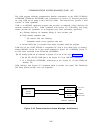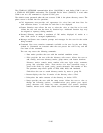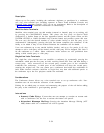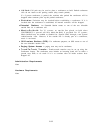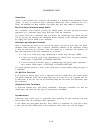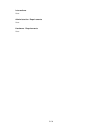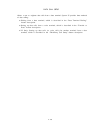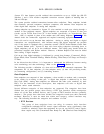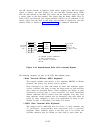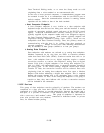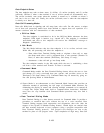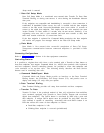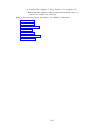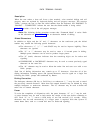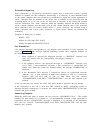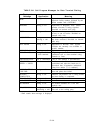
and AB (Signal Ground) to function,
while others require more RS-232 control
signals to operate.
An ADU (Figure 2-19) can send Data Terminal Ready (DTR)
from the data terminal to the Data Line circuit and the Data Line circuit can send
a control signal to the data terminal.
The signals Data Set Ready (DSR), Clear To
Send (CTS), and Received Line Signal Detector (DCD) are all connected to the
control signal from the DLC in the ADU and available if required by the data
terminal. Refer to Section 5 (Port Specifications) for additional information.
TO/FROM
RS-232C
DTE
TD
RD
DTR
DCD
DSR
CTS
ADU
(DATA
MODULE)
(4-WIRE
CONNECTION )
TO/FROM
TN-726
DATA LINE
CIRCUIT PACK
* CD CONTROL SIGNAL CONNECTED
IN ADU TO PROVIDE CTS,
DSR, AND DCD TO RS-232C
DEVICE
Figure 2-19. Asynchronous Data Unit Interface Signals
The following categories are part of the DTE data endpoint group:
a. Data Terminal Without ASCII Keyboard
This category includes such devices as Fax machines, EBCDIC or Baudot
terminals, and receive only devices such as printers.
Once connected to an ADU and turned on, these data endpoints appear
on-line, available, and ready to enter the Setup mode on auto-answered
calls (modes are described below). These endpoints will display or print
information received after a valid connection has been established
without additional RS-232 control from that endpoint. Note that since
these endpoints cannot establish calls for themselves, they must either be
called by other endpoints or have calls established for them via the
Transfer to Data or Third-Party Call Setup (V2) feature.
b. ASCII Data Terminal With Keyboard
This category can be subdivided into two classes: (1) basic terminals, and
(2) intelligent, programmable data equipment such as personal
computers. Basic terminals appear to the data port to be on-line and
available whenever they are turned on, thus ready to enter either the
2-107



